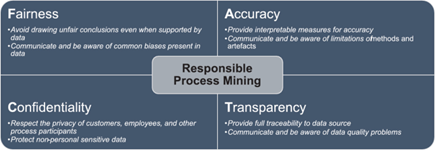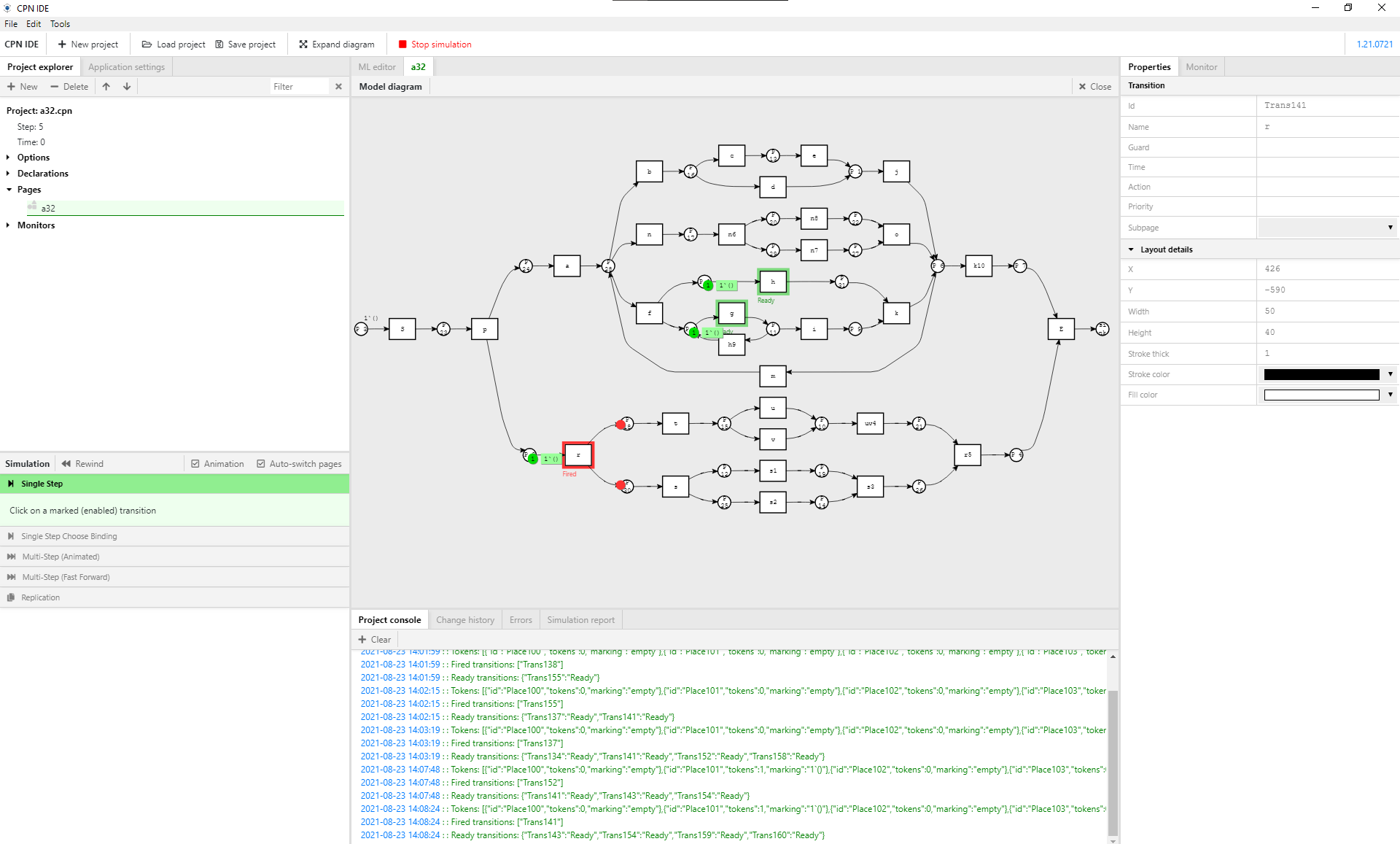
Interpreting workflow deviations for real-life case studies
Process models are used to describe and reason about the execution of a process (e.g., package delivery) where a process instance (package), also called as a case, moves through the system. A case in a process is often subject to interaction with other cases and/or resources (e.g. deliverer), impacting the workflow. Event logs record which Read More …








